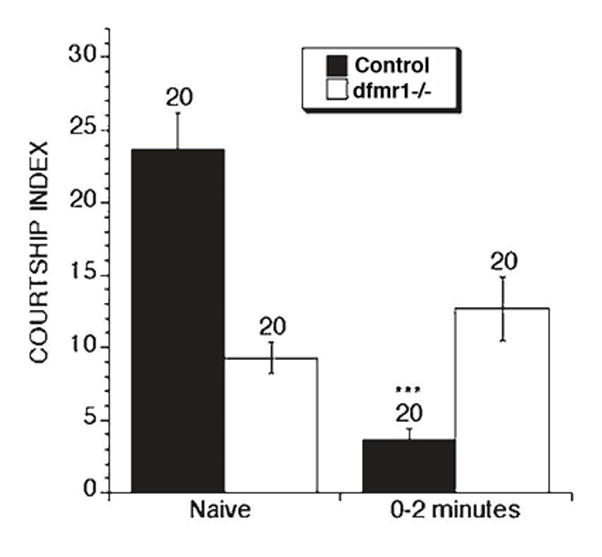Figure 2. Naïve courtship and memory phenotypes displayed by the Drosophila fragile X model.

Measuring the total amount of time a male courts in a 10 min test interval can quantitate the level of naïve courtship activity of a particular strain of fly. The total courtship time is divided by 10 mins to derive a courtship index (C.I.). Dfmr1 mutant males (white bar) display reduced naïve courtship relative to controls (black bar). This deficit in courtship activity is not due to sensory or locomotor defects [15]. Learning can be tested in the courtship paradigm by placing a male in a courtship chamber with an unreceptive female. A normal male will learn not to court the female within a one-hour training session. Dfmr1 mutants display a normal learning profile with respect to controls (not shown, see [17]). Once trained, males remember the negative experience of the training and fail to court even receptive females for up to three hours after training. The right two bars in this figure show immediate recall memory that is tested within 2 mins of training, by placing a freshly trained male with a receptive female. Control males displays significant reduction in courtship (indicated by asterisks, p<0.001), whereas no difference is observed between the level of naïve courtship and the level of courtship at 2 mins post-training displayed by the dfmr1 mutants.
